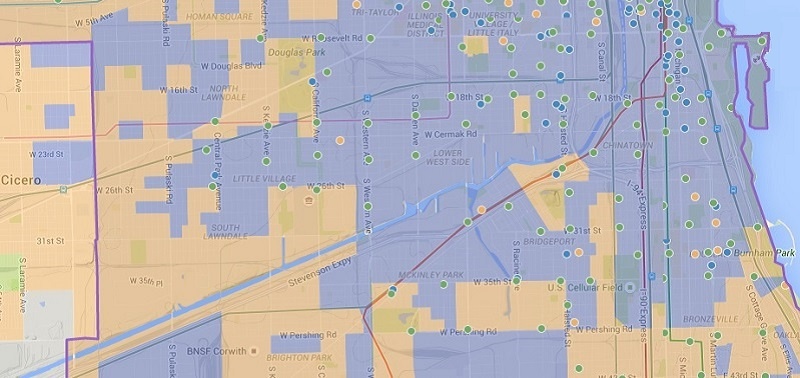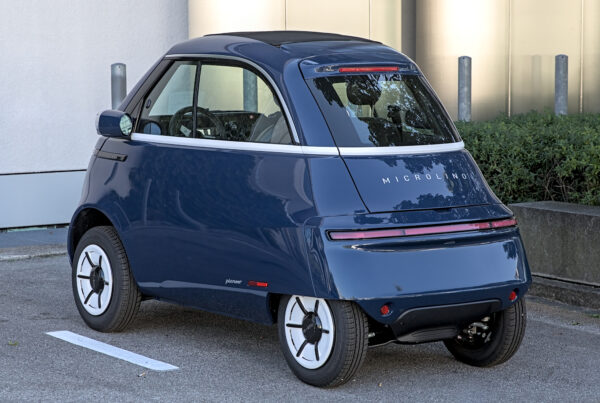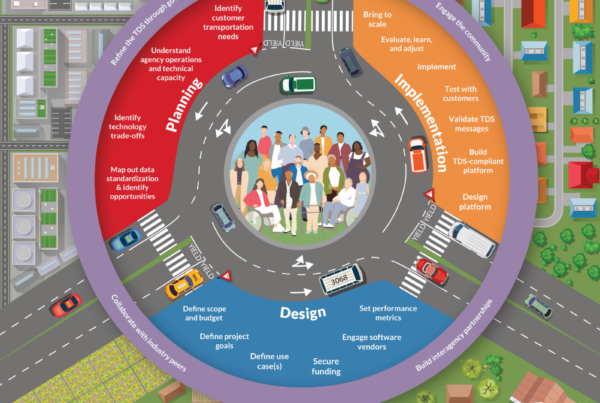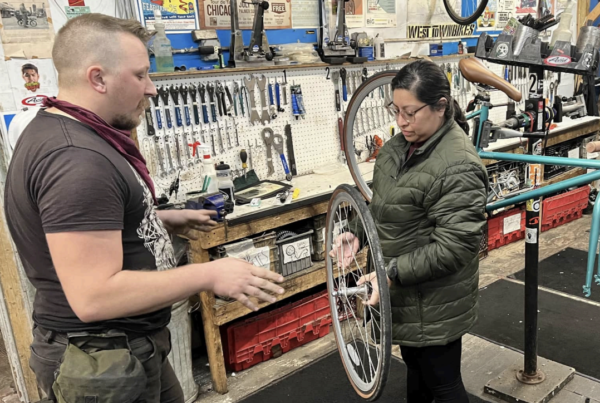A new interactive toolkit released today by the Shared-Use Mobility Center (SUMC) will help cities expand bikesharing, carsharing and other forms of shared mobility throughout their regions, including in disadvantaged communities where transportation options are lacking.
Developed in partnership with 27 North American cities through the Urban Sustainability Directors Network (USDN), SUMC’s Shared Mobility Toolkit includes the following components:
- Shared Mobility Benefits Calculator: Allows cities to model the impacts of various shared mobility growth scenarios. Cities can use the online calculator to quickly assess potential decreases in greenhouse gas emissions, reductions in vehicle miles traveled, cost savings and other benefits from implementing transportation improvements.
- Shared Mobility Policy Database: Contains more than 700 of the most important shared mobility policies, studies, and strategic plans in North America. The database also provides best practices, case studies and analysis to help local governments craft an effective regulatory approach to ridesourcing, bikesharing, carsharing and other shared transportation services.
- Interactive Shared Mobility Mapping and Opportunity Analysis Tool: Pinpoints shared mobility vehicle locations in more than 50 North American cities to help local governments understand the state and scope of shared mobility infrastructure in their regions. The tool also incorporates other information, such as census data and transit quality, to help cities better understand where greater service is needed and what shared modes the market can support.
“Shared mobility is a powerful solution that cities can use to increase access to transportation, extend public transit, lessen traffic congestion and mitigate harmful emissions,” said SUMC Executive Director Sharon Feigon. “We hope this new toolkit will help cities in their efforts to craft policies and programs that support the growth of mobility options in communities where more choices are needed.”
A new opportunity analysis model developed by SUMC suggests that, while they currently lack bikeshare and carshare access, many low-income urban neighborhoods have the qualities needed to support successful shared-use systems, such as high population density, transit access and walkability.
SUMC’s analysis also spotlights the current disparity in shared-use assets among various communities, including a pronounced divide between non-minority (defined as more than 50 percent white) and minority (more than 50 percent all other races and Latino) neighborhoods. In Chicago, for example, only 38 percent of low-income minority neighborhoods that SUMC’s model determined can support shared mobility have access to carsharing or bikesharing, as opposed to 67 percent of low-income, non-minority neighborhoods.
“Despite significant efforts by both the public and private sectors to address this disparity, such as Chicago’s innovative Divvy for Everyone program, it is clear that much more must be done to reach disadvantaged communities,” said Feigon. “Especially considering that they stand to gain most from the benefits of shared mobility, including reduced household transportation costs and increased connectivity to jobs and opportunities outside the immediate neighborhood.”
SUMC’s Shared Mobility Toolkit will also support cities’ goals related to curbing air pollution and reliance on private autos, she said, which are good for all communities.
“With the transportation sector evolving so rapidly, cities need more resources to track new opportunities and challenges,” said Susana Reyes, Senior Policy Analyst in the Office of Los Angeles Mayor Eric Garcetti. “Through the USDN network, we were able to use SUMC’s Opportunity Analysis tool to help design and evaluate opportunities to expand our EV carsharing pilot in disadvantaged neighborhoods where both need and shared mobility opportunity are high. We look forward to continued use of the toolkit as we plan for future transportation developments in the region.”
To supplement the toolkit, SUMC also developed a companion report that provides an overview of each tool along with policy recommendations, trends by city size and type, and shared mobility growth scenarios for the project’s 27 participating cities. The most current vehicle counts and associated information are available within the tools themselves, which are publicly available on SUMC’s website sharedusemobilitycenter.org.
Link to Shared Mobility Toolkit: http://bit.ly/SUMCtools
Link to project report: http://bit.ly/SUMCtoolsreport




